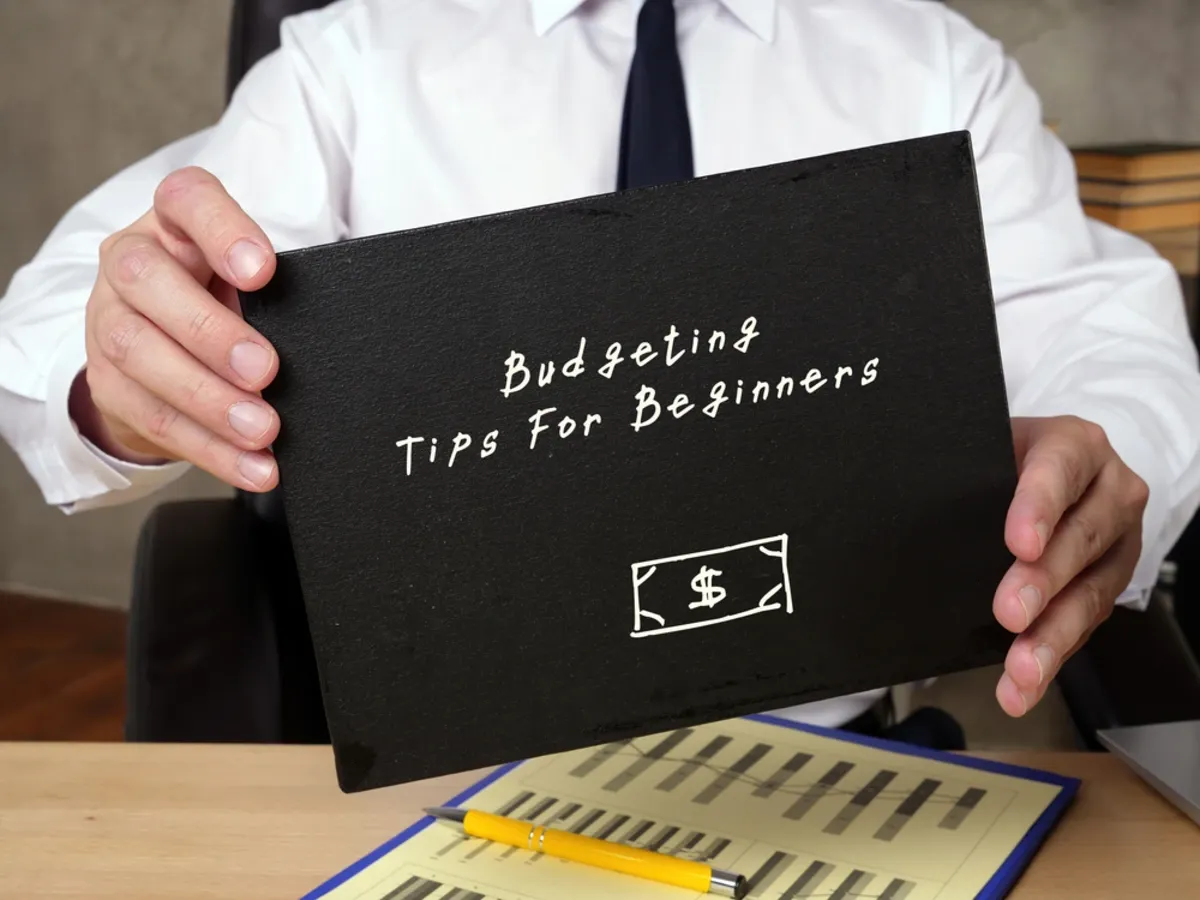Personal Finance News
Budgeting for beginners: A step-by-step guide
.png)
4 min read | Updated on November 11, 2024, 16:02 IST
SUMMARY
Here’s a quick guide on budgeting for beginners. From preparing a list of monthly expenses to tweaking lifestyle expenses, a few simple steps will help in taking control of your finances. Read on to know key factors about effective budgeting.

Budgeting for beginners: A step-by-step guide
A crucial first step in reaching your goals and achieving financial security is making a budget. Although budgeting might be intimidating for beginners, it can make keeping track of spending and handling finances convenient. You can take charge of your money using efficient budgeting techniques, regardless of whether your goal is to save for a big purchase like a house, a trip, or building an emergency fund.
Let’s dive into the steps to get you started ion your budgeting journey.
Calculate your net income
If you are a salaried individual, the first step in budgeting is to determine your net income, or the amount you take home after all your deductions. If you are a freelancer or a self-employed individual, you’ll need to account for your earnings after deducting estimated taxes. Understanding your net income is important for budget planning, since it forms the foundation on which your entire budget will be built.
List your monthly expenses
The next phase of beginner budgeting involves cataloguing all your monthly expenses. Start by writing down all the recurring costs you encounter. Common expenses may include:
- House rent or mortgage payments
- Loan EMIs
- Insurance- premiums for health, vehicle and life insurance
- Utility bills- Electricity, water, gas, and even broadband connections
- Public transport fares, fuel, or cab charges
- Groceries and other monthly food expenditures
- Lifestyle expenses, such as dining out, entertainment, travel, and gym memberships
- Gifts, clothing, and any other incidental expenses
By compiling such a list, you create a detailed overview of where your money is going each month.
Categorise expenses as fixed or variable
Once you prepare the list, the next step in your budgeting is to classify them into fixed and variable categories. Fixed expenses are those which remain constant each month. These may include, rent, insurance and loan payments, utility bills etc. On the other hand, variable expenses, like dining out or grocery bills, can fluctuate. Understanding the difference between these types of expenses is essential for budgeting, as it allows you to identify areas where you might be able to cut back. For example, while rent is unavoidable, you could choose to dine out less frequently to reduce your overall spending.
Determine your average monthly costs
Now that you’ve categorised your expenses, the next task is to calculate how much you spend on each item monthly. Start with fixed expenses, as these are typically easier to track. For variable expenses, look at your bank and credit card statements from the past three months to find an average. To calculate your average monthly cost for groceries, for instance, sum up your grocery spending over the last three months and divide by three. This will give you a realistic figure to work with in your budget. By establishing these averages, you can make more informed decisions about your spending habits.
Make adjustments as and when needed
After calculating your monthly expenses and net income, it’s time to compare the two. If your expenses exceed your income, it’s critical to make adjustments. Begin by reviewing your variable expenses to identify areas where you can cut costs. For example, if your monthly budget shows you’re overspending by ₹5,000, consider reducing discretionary expenses like entertainment or dining out. Conversely, if you find you have a surplus after listing your expenses, think about how you can allocate that extra money. Ideally, you’d want to funnel this surplus into savings or an emergency fund, but you might also choose to enjoy a few non-essential luxuries.
In Conclusion
Creating a budget is just the beginning; adhering to it is where the real challenge lies. As a beginner, set up reminders with your bank or credit card providers when you approach a predetermined spending limit. This will help you stay on track.
Budgeting for beginners may seem daunting, but with a structured approach, it can become a straightforward and rewarding process.
By signing up you agree to Upstox’s Terms & Conditions
About The Author
Next Story

